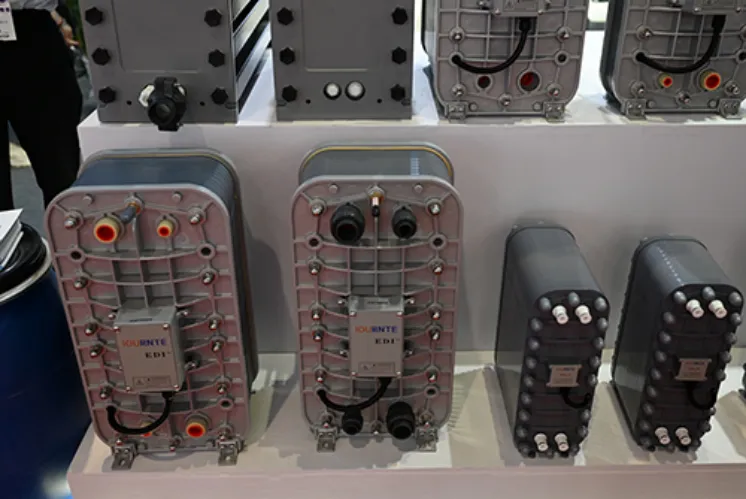Mobile:+86-311-808-126-83
Email:info@ydcastings.com
Radial Blade Impeller Design and Application in Fluid Dynamics Systems
The Radial Blade Impeller An Overview
Radial blade impellers are essential components widely used in various engineering applications, especially in pumps and compressors. These devices are designed to convert rotational energy from a motor into kinetic energy in the fluid being handled. The unique design of radial blade impellers allows them to efficiently influence the flow of fluids, making them crucial in managing fluid systems in a wide range of industries, including manufacturing, water treatment, and chemical processing.
Design Characteristics
The radial blade impeller is characterized by its blades that extend radially from the hub to the outer diameter, forming a distinct shape reminiscent of a fan or wheel. This design ensures that the fluid enters axially and exits radially, which is particularly effective for generating high pressure. The angle and shape of the blades can be tailored to optimize performance for specific fluids and operating conditions. For instance, blades that are curved or twisted may enhance efficiency and improve flow characteristics.
Materials used in the construction of radial blade impellers are also critical to their performance and durability. Common materials include stainless steel, bronze, and various polymers, which offer resistance to corrosion and wear, making them suitable even in harsh environments.
Applications
Radial blade impellers are predominantly used in centrifugal pumps, where their ability to move fluid efficiently is paramount. Additionally, they find applications in other areas such as fans, blowers, and compressors. In these systems, the impeller's design allows for optimal airflow management, promoting efficiency and performance.
In the industrial sector, radial blade impellers are vital components in processes like cooling, heating, and chemical processing. For instance, in HVAC systems, these impellers are employed to control air movement within a building, ensuring comfort and energy efficiency. In chemical plants, they facilitate the mixing and transportation of various fluids critical to production processes.
radial blade impeller

Efficiency and Performance
One of the standout features of radial blade impellers is their efficiency in converting energy. The design enables them to generate a high head with relatively low energy input. This translates to lower operational costs, making them a preferred choice in many applications. The hydraulic performance of radial blade impellers can be extensively analyzed and optimized through computational fluid dynamics (CFD), helping engineers design systems that maximize flow rates and minimize energy consumption.
Choosing the right impeller for a specific application is crucial, as performance can vary significantly based on factors like fluid viscosity, temperature, and flow requirements. Engineers often perform detailed calculations and simulations to select the most appropriate impeller design, which enhances overall system efficiency.
Maintenance and Challenges
While radial blade impellers are robust, they are not without challenges. Over time, wear and tear can affect their performance, leading to decreased efficiency or failure. Regular maintenance, including inspections and possible replacements, is necessary to ensure longevity and optimal operation. In some cases, cavitation can occur, a phenomenon where vapor bubbles form and collapse in the fluid, leading to potential damage. To mitigate this, designers must pay close attention to operational conditions and fluid dynamics.
Conclusion
Radial blade impellers play a crucial role in various engineering applications, thanks to their efficient design and adaptability. Understanding their characteristics, applications, and the importance of maintenance can help engineers create better systems that harness the full potential of these devices. As industries evolve and new materials and technologies emerge, radial blade impellers will undoubtedly continue to be at the forefront of fluid management solutions.
-
Why Should You Invest in Superior Pump Castings for Your Equipment?NewsJun.09,2025
-
Unlock Performance Potential with Stainless Impellers and Aluminum End CapsNewsJun.09,2025
-
Revolutionize Your Machinery with Superior Cast Iron and Aluminum ComponentsNewsJun.09,2025
-
Revolutionize Fluid Dynamics with Premium Pump ComponentsNewsJun.09,2025
-
Optimizing Industrial Systems with Essential Valve ComponentsNewsJun.09,2025
-
Elevate Grid Efficiency with High-Precision Power CastingsNewsJun.09,2025











